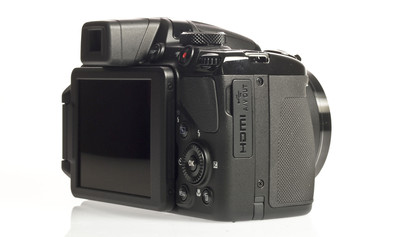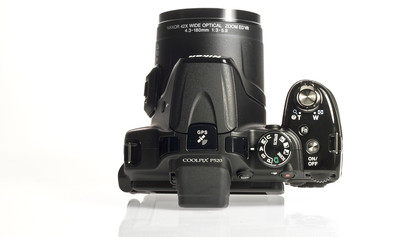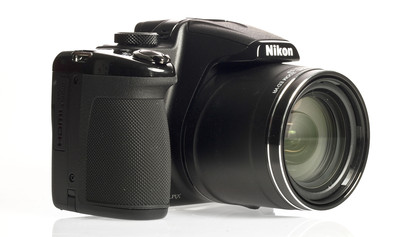Why you can trust TechRadar
Nikon continues to impress us with the quality of images produced by its Coolpix range. Happily, the P520 is no different.
Images feature vibrant and well-produced colours, without being too over the top. Despite its small size, lots of detail is captured by the 18 million pixel sensor. Some evidence of smudging can be seen when viewing images at 100%, but generally in good light, details are crisp. Viewing at normal printing and web sizes reveals images with plenty to like.
There's also very little evidence of fringing in high contrast areas, which is pleasing to see.
That 42x optical zoom is extremely flexible for shooting a wide range of different subjects, and will surely be appreciated by travelling photographers. The excellent news is that while the zoom itself is quick and fluid to use, images taken at the far end of the telephoto optic also display a good amount of detail with minimal blur caused by camera shake.

Since you can alter the autofocus point, you have a good amount of control over compositions with the Nikon P520. Generally, autofocus locks onto the subject quickly and accurately.
Macro focusing can be activated if you need to get closer to the subject. This results in detailed close-up shots that also have the added benefit of reducing the depth of field for beautiful creative effects. The macro focusing capability of the camera is another advantage that bridge models have over their DSLR counterparts.
Generally, Matrix (all-purpose) metering does a very good job of helping the camera to produce accurate and well-balanced exposures. A couple of times during our review, it did struggle with scenes with very high contrast. If this happens, it's advisable to switch to Spot Metering for a better representation.
Again, automatic white balance does a reasonable job in different lighting conditions. If you find that the camera can't quite keep up, switching to a more suitable white balance option is pretty easy.

The Nikon Coolpix P520 offers some creative filters under the Effects mode found on the mode dial. Since the camera is incapable of shooting in raw format, should you decide down the line that the effects aren't what you really want, you're stuck with them anyway.
That said, there are some fun and interesting effects to experiment with, depending on your personal preference. We particularly liked the High-Contrast Monochrome and Cross Process filters.
As with other Nikon cameras from across its range of compacts, CSCs and DSLRs, there is also the option to adjust Picture Control. This is a more understated way to get creative, enabling you to boost the colours and contrast (Vivid) or create a simple black and white conversion (Monochrome). These can be accessed while shooting in fully manual and semi-automatic modes, giving you greater control over other settings.
The Nikon Coolpix P520's large screen is great for composing your images on, being bright and not suffering particularly badly from glare (except in the very brightest sunlight).

The fact that the screen articulates is a bonus too, since you can manoeuvre it away from very bright light, or have a better angle of view for awkward compositions.
Unfortunately, such high praise can't be lavished on the electronic viewfinder. We've already mentioned that it can't be used unless the screen is packed away, but it is also small and not as responsive as those found on other cameras, particularly the likes of the Nikon 1 compact system cameras.
We'd only recommend using the Nikon Coolpix P520's viewfinder in very bright conditions, or if you want an extra way to stabilise the camera when shooting at the telephoto end of the lens.
Current page: Performance
Prev Page Build quality and handling Next Page Image quality and resolutionAmy has been writing about cameras, photography and associated tech since 2009. Amy was once part of the photography testing team for Future Publishing working across TechRadar, Digital Camera, PhotoPlus, N Photo and Photography Week. For her photography, she has won awards and has been exhibited. She often partakes in unusual projects - including one intense year where she used a different camera every single day. Amy is currently the Features Editor at Amateur Photographer magazine, and in her increasingly little spare time works across a number of high-profile publications including Wired, Stuff, Digital Camera World, Expert Reviews, and just a little off-tangent, PetsRadar.

